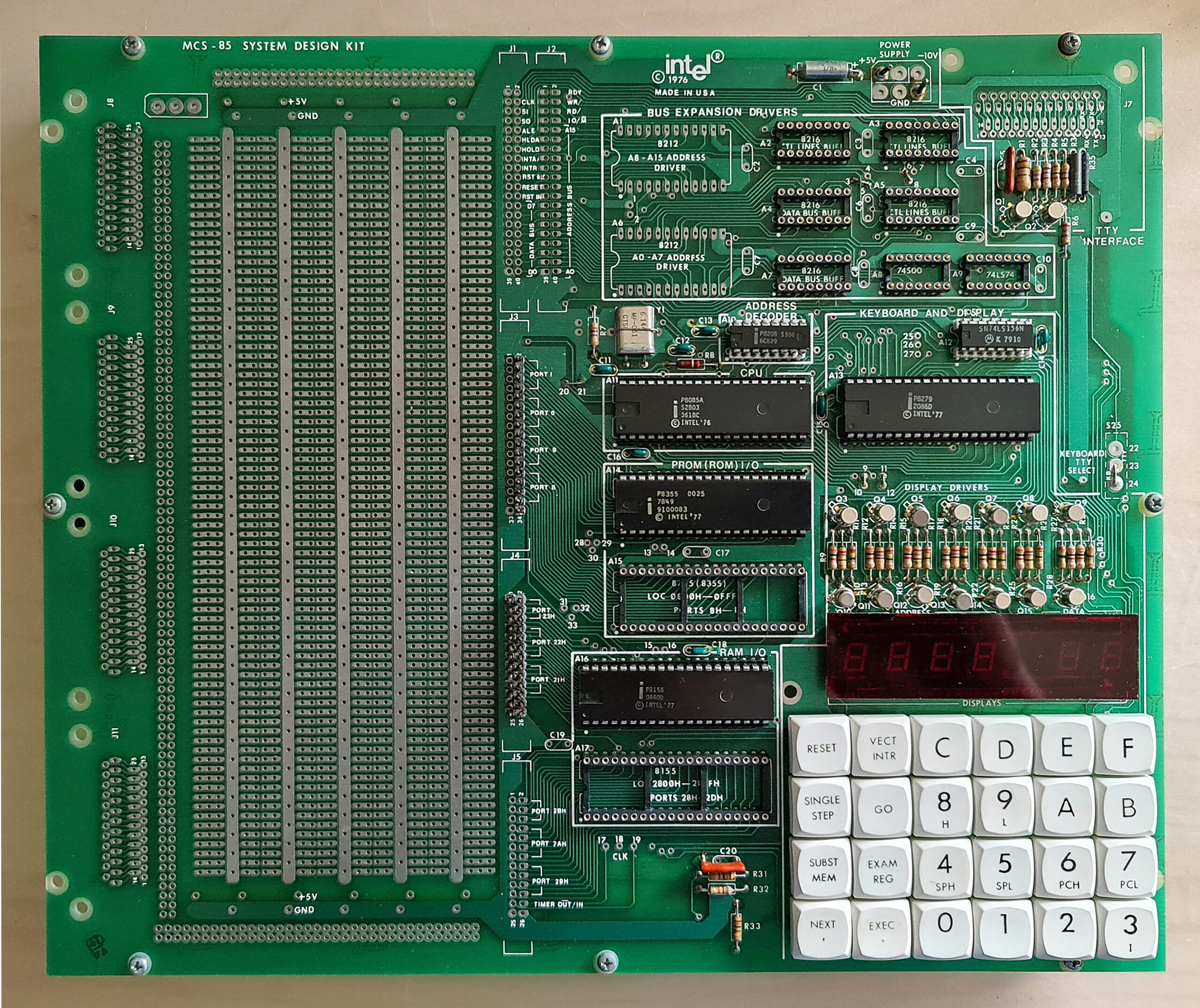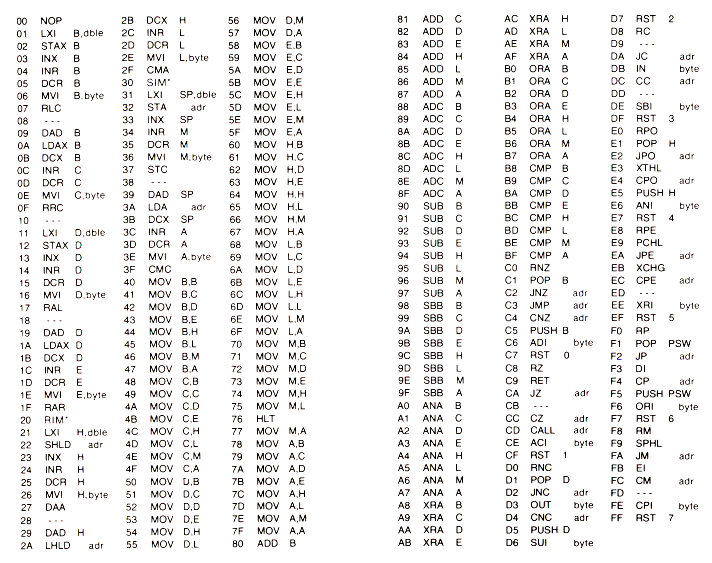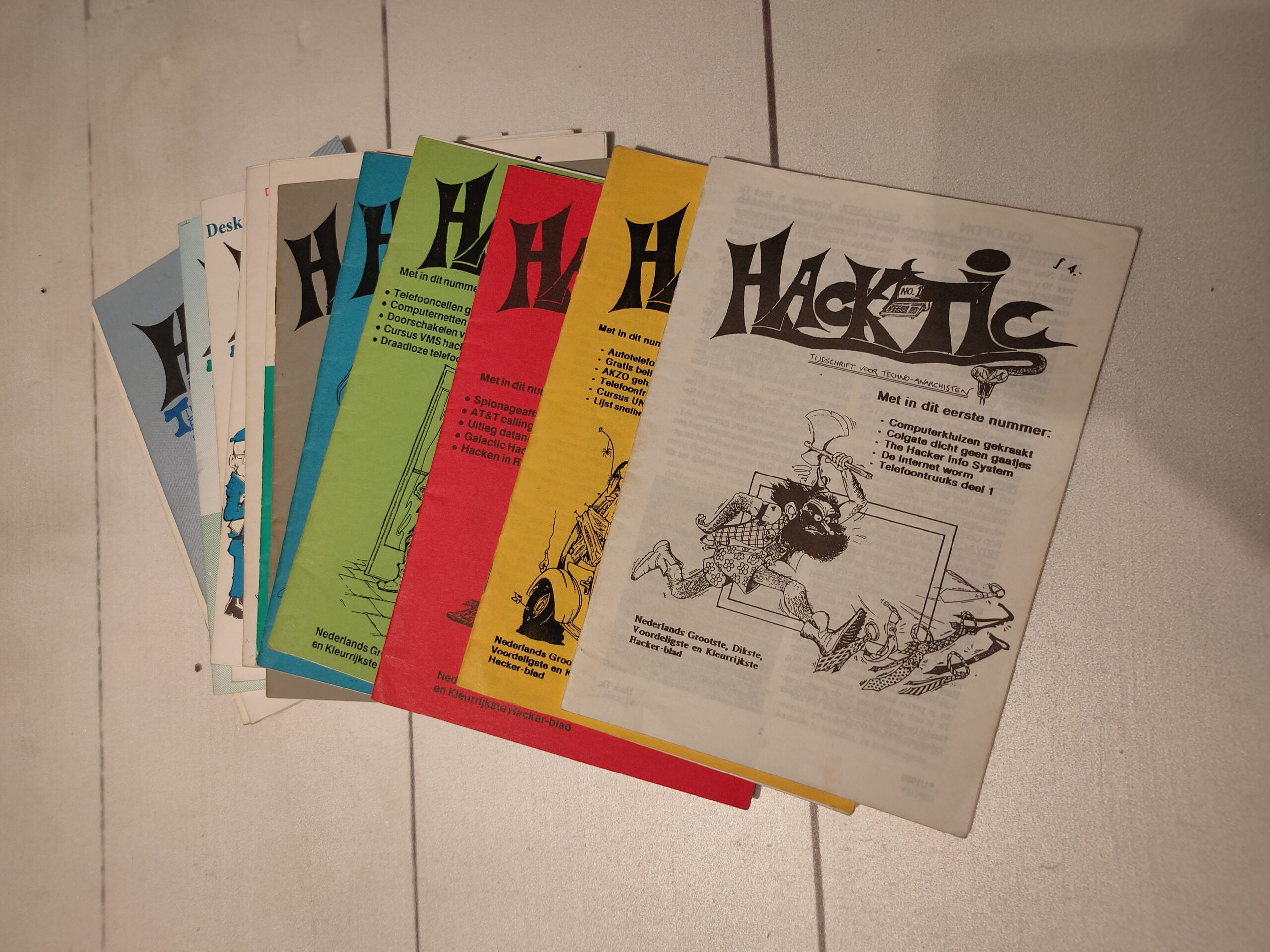Last Updated or created 2023-02-13
I changed the rules of this game.
Fifty-one is a card game where the aim is to stay under 51 points.
Fifty-one only uses the so-called picket cards; the seven through the ace. The distribution of points is as follows;
Card Points
| 7 | 7 points |
| 8 | 8 points |
| 9 | 0 points |
| 10 | +10 or -10 points |
| Jack | 2 points |
| Queen | 3 points |
| King | 4 points |
| Ace | 1 or 11 points |
The ‘suit’ (hearts/diamonds/clubs/spades) is not important.
At the start of the game, the cards are shuffled, the dealer deals three cards at random to each player and places the remaining cards face down on the table. The person after the dealer now plays a (high) card face up on the table, announces the number of points and takes a new card from the face down pile. The following players now play another card and add the number of points played to the number on the table and take a new card, for example: the first player plays an 8 and says ‘8’, second player plays a 7 and says ’15 ‘, the next player plays a king and says ’19’, the next plays an ace and says ’30’ (or ’20’) etc.
As soon as the point total gets close to 51, players should start playing cards like 9 or (-)10 to prevent the point total from going over 50. The first player who can no longer do this loses the round. After this, the game starts again, the loser usually acts as the new dealer.
If a player manages to collect three identical cards in the course of a round, he can pass. He then places the cards face down on the table, says pass, and stops playing. He can then no longer lose that round. (*)
After playing a card, if a player forgets to take a new card from the stock before the next player has played a card, he must continue playing with the remaining (two) cards.
When the deck of face-down cards is exhausted, the face-up cards are shuffled, placed face-down again, and play continues.
The game is played with 3 or 4 players. With more players there is no opportunity to collect favorable cards. (**)
I’ve played this a lot while traveling with bands on the bus. So what did I change:
(*) I skipped this rule
(**) When changing to the rules below we could play with 6-7 or maybe 8?
I used two decks of cards. Same as above, but I added two sixes, one (or 2) 5 and a 4.
6 Change the direction of playing, so you could be facing another turn when you just played a card!
5 Change hands, in opposite direction of playing (all players)
4 Drop you cards and get 3 new ones OR exchange with another player
3 ? be experimental!
We sometimes just played around with these rules. Just get the rules you are playing with clear at the start of the game






